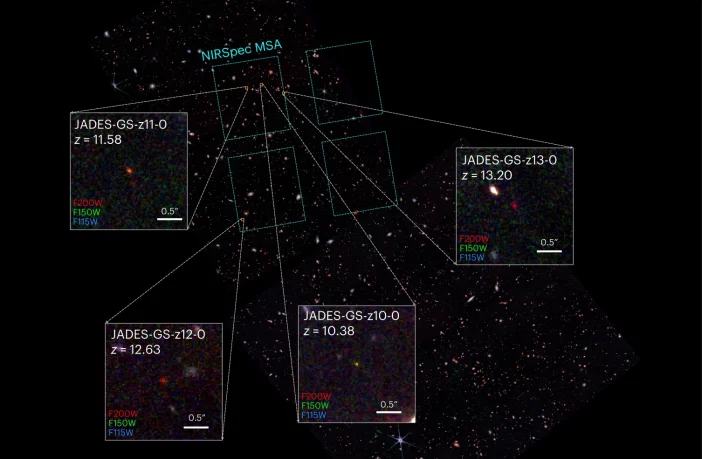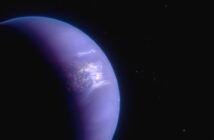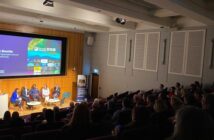Stephen Serjeant, Professor of Astronomy at The Open University (OU), and Dr Tom Bakx from Chalmers University in Sweden, have released a study today (3 October) in Nature Astronomy providing evidence that galaxies found by the James Webb Telescope (JWST) are closer than they seem.
JWST has been finding galaxies much further away than has ever been possible before in astronomy. The light has taken most of the history of the Universe to get to us, so we see these distant galaxies when the Universe was extremely young.
Astronomers have been finding these very distant, very redshifted galaxies from their very red colours, but when the exact distances have later been measured, they almost always mysteriously come out as being a bit closer than expected.
Serjeant and Bakx have discovered why: it’s because of a subtle statistical shift first spotted in very different contexts as far back as 1913 by Sir Arthur Eddington (whose famous eclipse experiment six years later gave the first vindication of Einstein’s theory of General Relativity).
The shift is caused by the increasing rarity of more distant galaxies, which combines subtly with the effect of measurement uncertainties to skew the initial distance estimates high.
Professor Stephen Serjeant, lead author of the paper in Nature Astronomy, commented on the research:
“One of JWST’s major goals has been to find these extremely distant, ultra-high-redshift galaxies that were the source of the first starlight in the history of the Universe. It was very strange seeing so many initial photometric redshift estimates biased high.
“Finding the cause was a delightful, fun project that Tom and I thrashed out when he visited for a week at the OU.”
Dr Tom Bakx from Chalmers University in Sweden, co-author of the paper, added:
“It’s extremely difficult to measure exact distances, or redshifts, for these very distant galaxies, which is why astronomers initially relied on very red colours as seen by JWST. To confirm JWST’s initial colour-based selection, subsequent observations look for these galaxies’ exact distances, as we did this with the $1.4 billion dollar ALMA earlier this year for the galaxy GHZ2, one of the most distant galaxies found by JWST.
“As more exact distances were measured, we were both puzzled by the fact that spectroscopic redshifts seem to be systematically lower than the ones predicted by the JWST’s colours.”
Serjeant and Bakx’s technique also make it possible for astronomers to monitor how well they’re estimating the distances to these ultra-distant galaxies, and sharpen up existing distance estimates too.
Read the full paper on Nature Astronomy.



